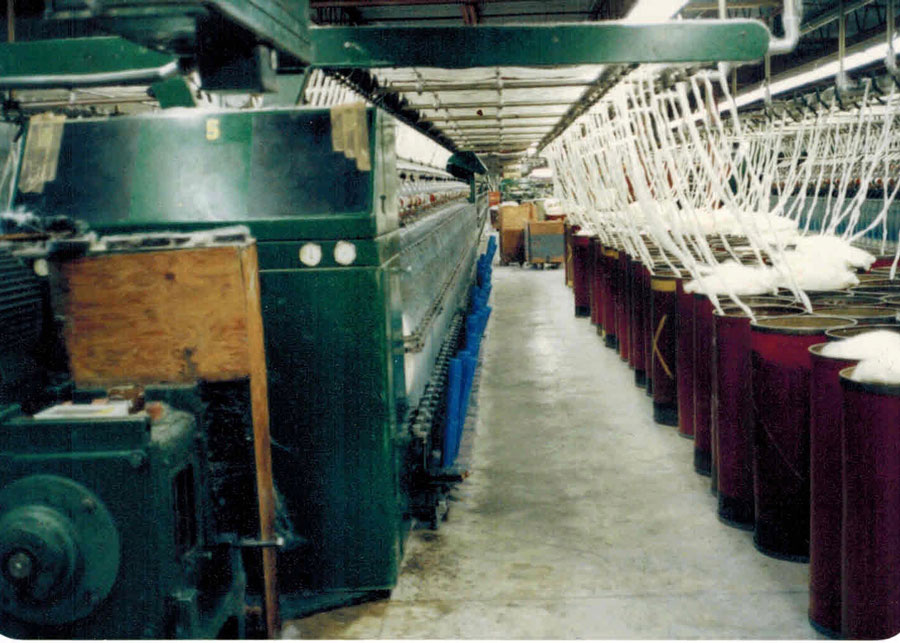Living & Working in Sutton
To understand the terms of the trade (often French variants of English wording), and to fully comprehend the steps that fibres went through during the production process (going from a bundle to a spool):
How many male and female workers, salespeople, foremen, office staff and managers worked at Filtex between 1955 and 2004? It’s hard to say for sure; we know that at the height of the action approximately 160 people could be employed on three shifts. Some even say as many as 200.
The vast majority came from Sutton. Oftentimes they were related: mothers and daughters, sisters, brothers, or husbands and wives. It appears to have been easy to find work there.
Gisèle Boivin-Roy, Sylvia Jacob, Valerie Dymond, Fern Goyette, Betty Norton, André Lagimonière, Brian Rollins, Anne Soucy, Yves Fontaine, Fleur-Ange Beauregard, Pierre Marcotte, André Daigneault and Johanne St-Amour tell us about their early days at the plant.
The Filtex operated 24-hours-a-day, seven days a week. The work was usually divided into three shifts. Some saw advantages in this, mainly for work-family balance. Gisèle Boivin-Roy, Elisabeth Royea-Goyette, Betty Norton, Thérèse Lessard, Charly Talbot and André Lagimoinière discuss this with Lynette Enevoldsen, Louise Harpin and Dominique Parent from Héritage Sutton.
Life centred around the shifts. But the machines were equally demanding. They never stopped and you had to attend to them constantly.
Gisèle Boivin-Roy tells us about her work on a “spinner”. She remembers every step in the process.

